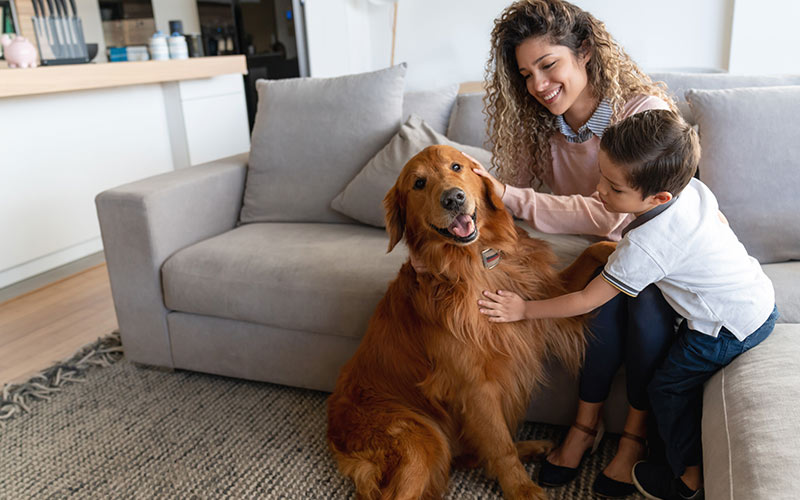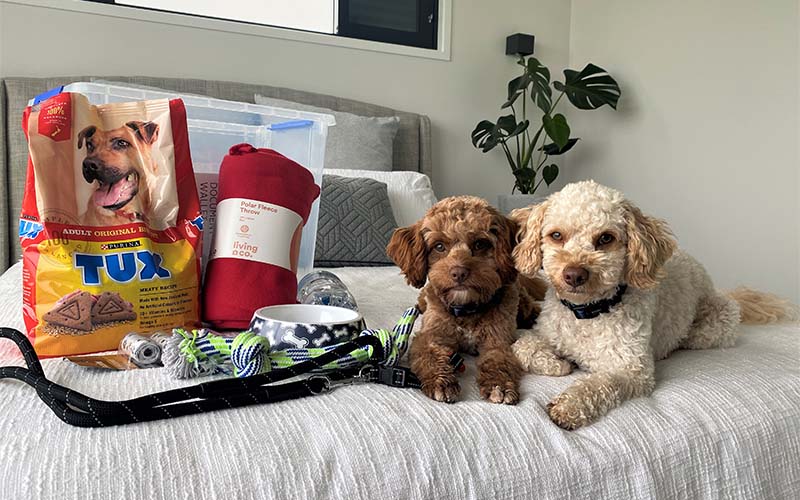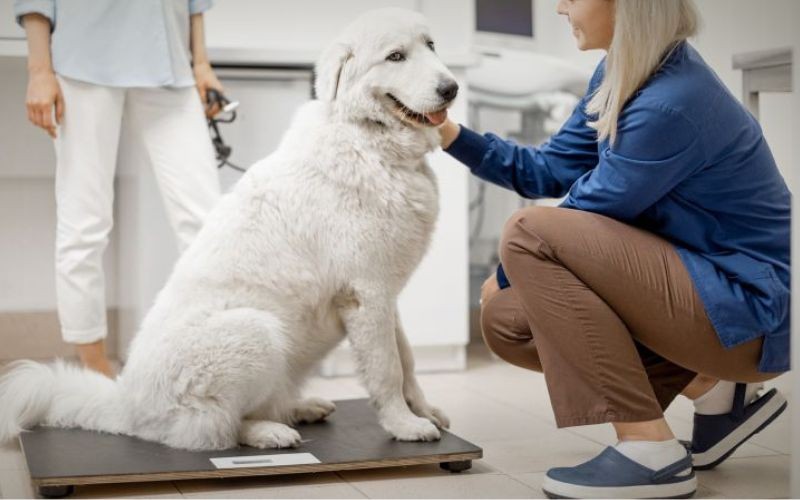Pet sitting can be a rewarding experience for both the caregiver and the pet, but it requires careful planning and attention to detail. Whether you are a pet owner preparing for a trip or a caregiver taking on a new responsibility, these tips will help ensure a smooth and enjoyable experience for everyone involved.

1. Meet and Greet 🐾
Tip: Before the actual pet sitting begins, arrange a meeting between the pet, the owner, and the caregiver. This helps the pet become familiar with the caregiver and allows the caregiver to understand the pet’s personality and needs.

Example: Spend some time playing with the pet and observing its behavior to create a bond.
2. Clear Instructions 📝
Tip: Owners should provide detailed instructions about the pet’s routine, diet, exercise, and any special needs. Caregivers should ask questions to clarify any doubts.
Example: Include information about feeding times, medication schedules, and favorite toys or activities.
3. Emergency Contacts 🚑
Tip: Make sure caregivers have a list of emergency contacts, including the pet’s veterinarian, nearby animal hospitals, and the owner’s contact information.

Example: Create a printed document with all the necessary contact details and keep it in a visible place.
4. Safety First 🚸
Tip: Ensure the pet’s environment is safe and secure. Remove any hazardous items and make sure doors and gates are closed properly.
Example: Check for potential hazards like loose wires, toxic plants, or small objects that the pet could swallow.
5. Consistent Routine ⏰
Tip: Maintain the pet’s regular routine as much as possible. Consistency helps reduce stress and keeps the pet comfortable.
Example: Follow the usual feeding and walking schedule to provide a sense of normalcy.
6. Monitor Behavior 👀
Tip: Pay attention to any changes in the pet’s behavior, appetite, or energy levels. These could be signs of stress or illness.

Example: Keep a daily log of the pet’s activities and any notable changes to share with the owner.
7. Interactive Playtime 🎾
Tip: Engage the pet in interactive play to keep them mentally and physically stimulated. Use their favorite toys and activities.
Example: Spend time playing fetch, tug-of-war, or using puzzle toys to keep the pet entertained.
8. Positive Reinforcement 🌟
Tip: Use positive reinforcement techniques to encourage good behavior. Reward the pet with treats, praise, and affection.
Example: Reward the pet with a treat when they follow commands or behave well during walks.
9. Stay Calm and Patient 🧘
Tip: Pets can sense emotions, so staying calm and patient is crucial, especially if the pet shows signs of anxiety or discomfort.

Example: Use a soothing tone of voice and gentle handling to reassure the pet.
10. Enjoy the Experience 😊
Tip: Pet sitting should be a fun and enjoyable experience for both the caregiver and the pet. Embrace the opportunity to bond with the pet and enjoy their company.
Example: Take photos or videos of the pet during playtime or walks to share happy moments with the owner.
Conclusion
Pet sitting requires careful preparation and attention to detail to ensure the well-being of the pet. By following these tips, both owners and caregivers can create a positive and stress-free environment for the pet. Remember, the key to successful pet sitting is communication, consistency, and a genuine love for animals. With the right approach, pet sitting can be a rewarding and enjoyable experience for everyone involved.
